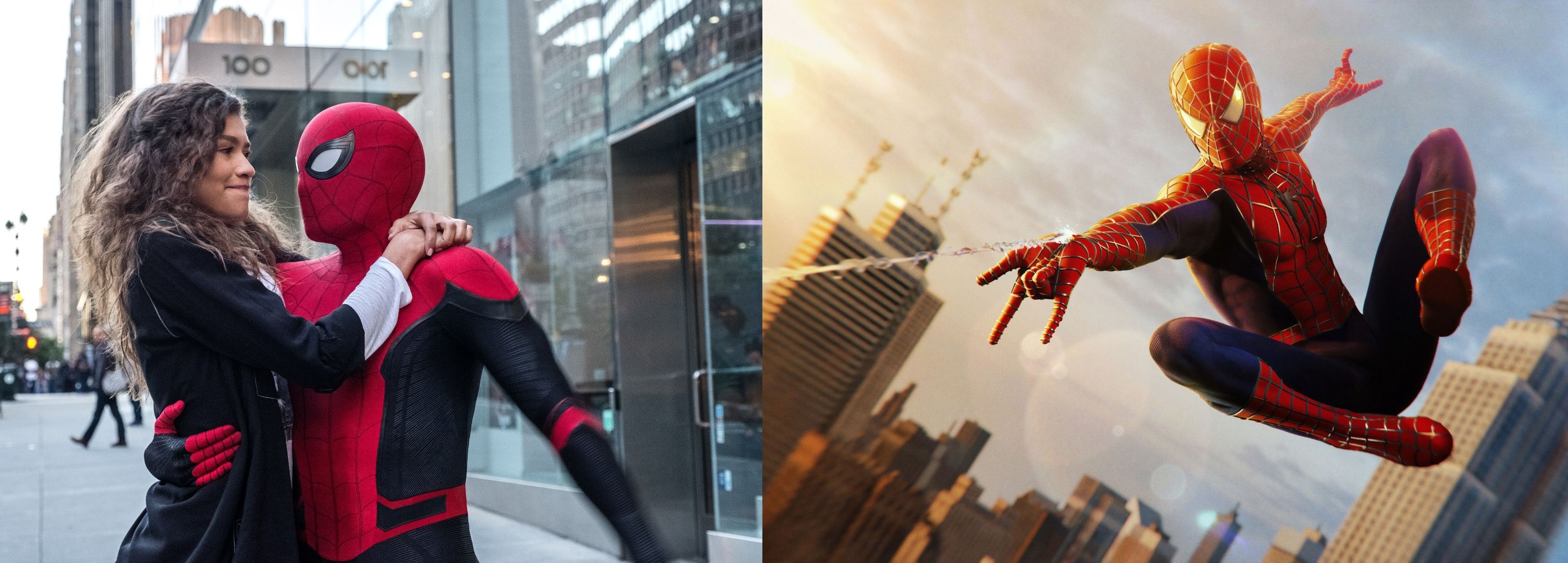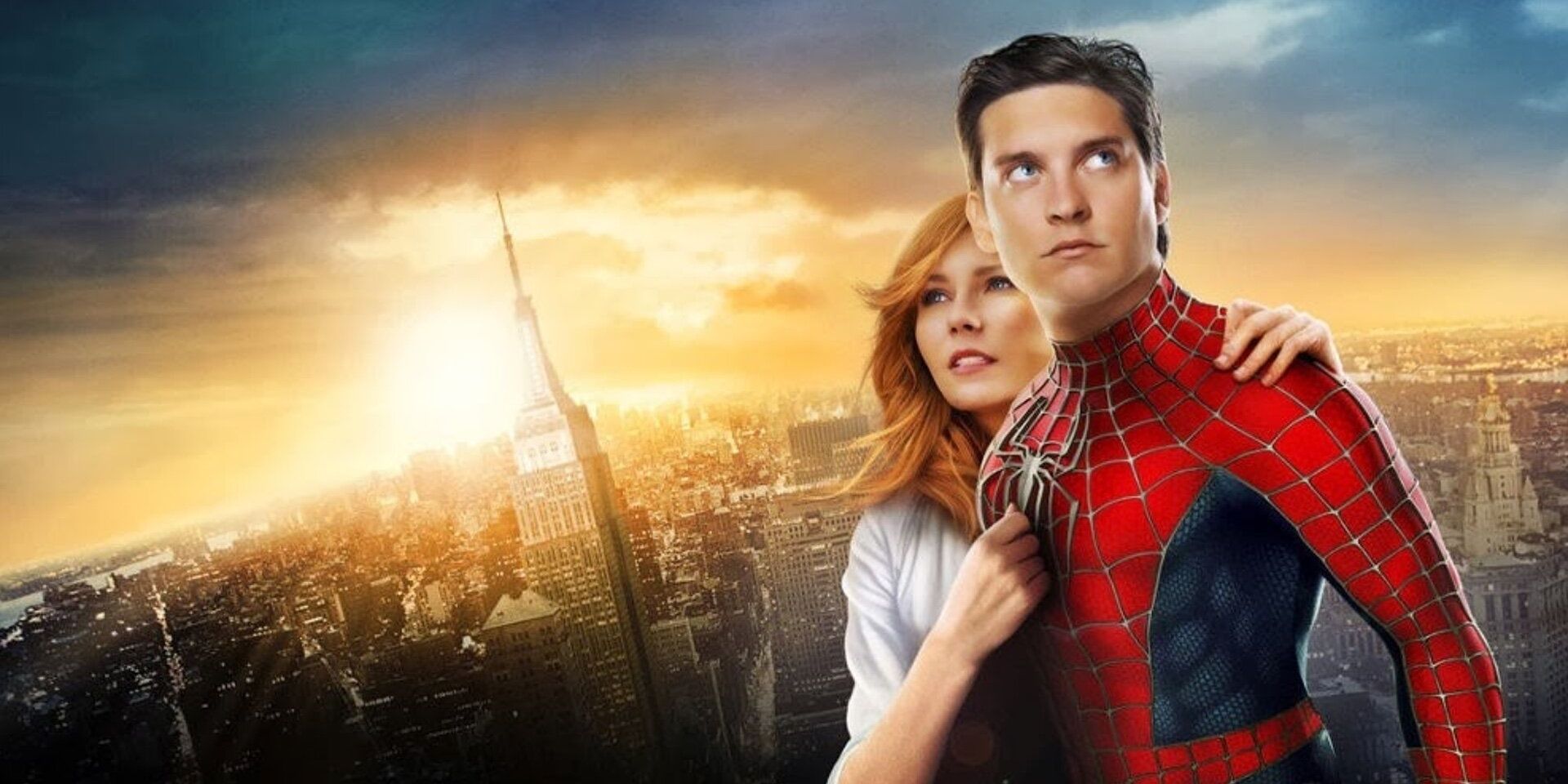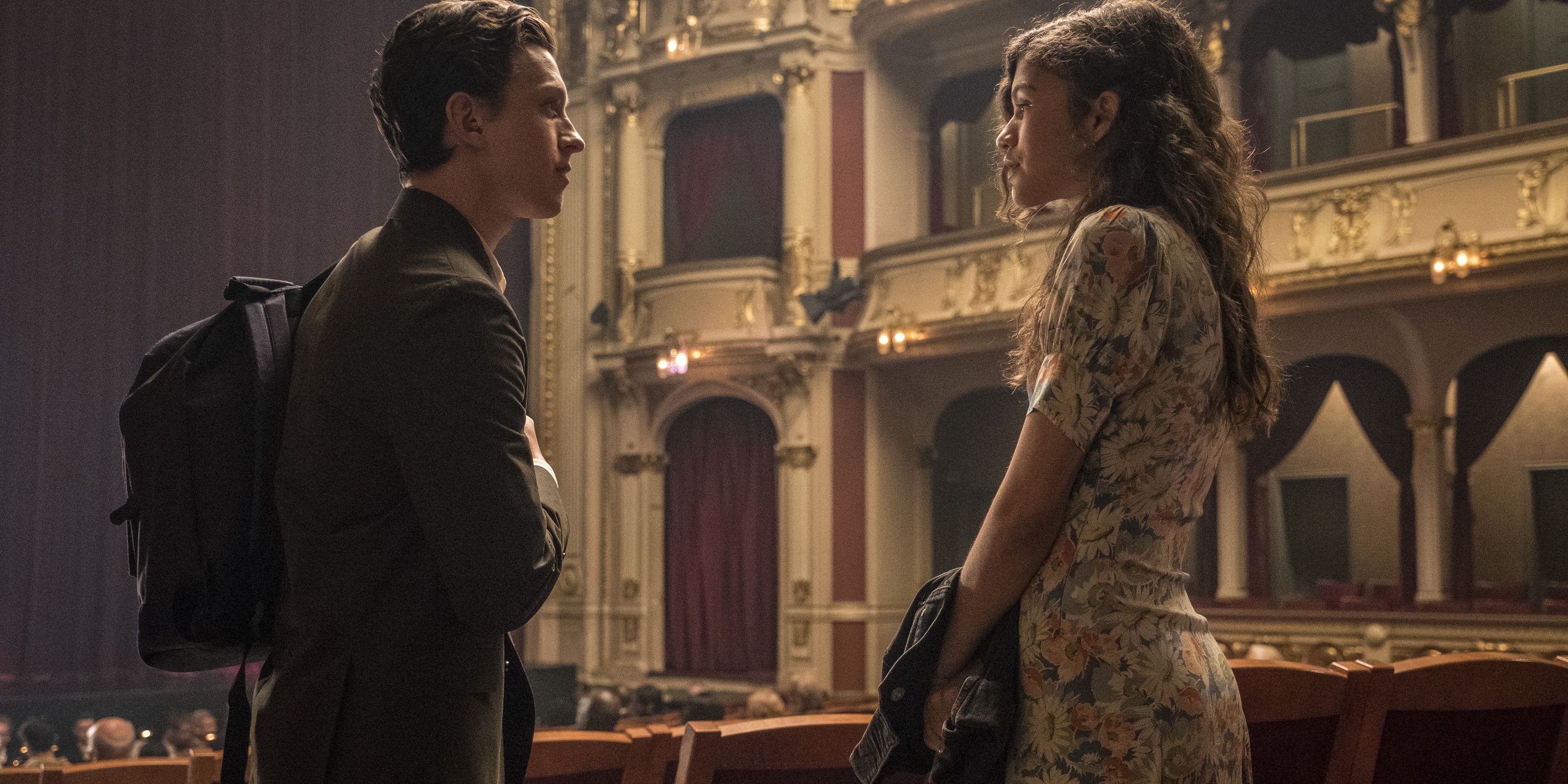With Spider-Man: No Way Home coming to theaters this December — much to the excitement of spider-fans everywhere — it’s easy to get caught up in the hype for the friendly neighborhood wall-crawler’s next big screen adventure. But as Marvel fans look to the web-slinger’s future, it’s also important to remember Peter Parker’s past cinematic outings.
Ever since Tom Holland’s take on the spectacular Spider-Man made his debut in the Marvel Cinematic Universe, fans of the character have been locked in a heated debate over how the latest live-action Peter Parker compares to past incarnations. And while the Amazing Spider-Man series has always been controversial among audiences, it’s hard to find a Spider-Man aficionado without a soft spot for the original Spider-Man films, directed by Sam Raimi and featuring Tobey Maguire as Peter. And while fans likely won’t stop arguing over which Spider-Man is superior any time soon, it’s hard to deny that both the Raimi and MCU adaptations have their own appeal.
However, neither the Raimi trilogy nor the MCU Spider-Man are without their share of flaws. Plenty of in-depth analysis has already been made on both series of films, so any attempt to recount all the major criticisms of each incarnation would just be a waste of time. However, there is one major failing of the Raimi trilogy that future Spider-Man films have an opportunity to improve on — the treatment of Peter Parker’s iconic love interest, commonly known as MJ.
The romance between Peter Parker and Mary Jane Watson (played by Kirsten Dunst) is one of the most memorable aspects of the Raimi trilogy, providing such famous moments as the upside-down kiss in the first film or the “Go get ‘em, tiger” scene at the end of Spider-Man 2. However, despite being one of the most iconic love stories in any superhero movie, the actual writing of the romantic subplot throughout the Raimi trilogy has often been cited as the biggest weakness of the films. Things start off well enough in the first movie: MJ is presented as a nuanced character with a life outside of Peter, who has her own dreams and goals she wants to accomplish. Peter starts out madly in love with her, but ends the film by choosing not to be with her in order to keep her out of danger. It’s a fitting conclusion that highlights Peter’s growth — sacrificing one’s own happiness to protect others is a major aspect of any Spider-Man story, highlighting that Peter’s power is both a gift and a curse, and that his responsibility is both a duty and a burden.
However, things take a turn for the worse in Spider-Man 2. Right from the first scene, Peter is pining after MJ once again, seemingly forgetting his previous decision. And yet, he chooses to pursue a relationship with her anyway, despite the fact that she’s now engaged to John Jameson, J. Jonah Jameson’s son. Despite the fact that the audience is seemingly meant to sympathize with Peter and root for him and MJ to get together, his behavior consistently comes off as entitled, disrespectful, and immature as he pressures MJ to break up with her fiancé to be with him. But ultimately, Peter’s refusal to take “no” for an answer is vindicated when MJ leaves John at the altar to be with him instead.
But once Peter and Mary Jane are finally a couple in Spider-Man 3, things soon take a turn for the worse. Even before being corrupted by the Venom Symbiote, Peter is an uncaring and neglectful boyfriend to MJ, treating her career problems dismissively and kissing Gwen Stacy (Bryce Dallas Howard) in front of a crowd just for public attention. While real life couples are certainly never free from conflict, the relationship drama in Spider-Man 3 serves only to make Peter look petty, selfish, and unsympathetic. Ultimately, Peter and MJ are in conflict for most of the Raimi trilogy — the only time the audience ever actually gets to see them as a happy couple is at the very beginning of Spider-Man 3. And of course, it doesn’t help that while she isn’t fighting with Peter, Mary Jane is little more than a damsel in distress for the villain to capture at the end of each movie. Throughout the trilogy, MJ barely has any agency, serving merely as a source of drama rather than a well-rounded character with a major role in the story.
Meanwhile, the MCU’s version of MJ (played by Zendaya) is a stark departure from her Raimi variant — emphasized by the fact that her full name isn’t Mary Jane Watson, but rather Michelle Jones, likely an attempt to distance her from Kirsten Dunst’s character. Zendaya’s MJ has the same driven, independent personality as her red-haired counterpart, but without the relationship drama or the constant kidnapping. For Tobey Maguire’s Peter, his love life was a constant source of heartache. But for Tom Holland’s Peter, his relationship with MJ is a source of relief from the struggle of his life as a hero. Even before they start dating at the end of Spider-Man: Far From Home, Peter and MJ are shown to be close friends, often trading wisecracks and discussing each other’s interests. It’s clear that they truly, genuinely love each other and want to be together, and that the biggest obstacles to their relationship come from external forces rather than internal strife.
And of course, it helps that Zendaya’s MJ takes a much more active role in the plot than her Raimi version ever did. She’s effectively the deuteragonist of Far From Home, with her investigative skills allowing Peter to uncover Mysterio’s hidden agenda. Instead of getting captured by the villain, she fights against him, picking up a medieval mace to help demolish Mysterio’s drones. In just one film, MJ has established herself as an invaluable ally to both Peter Parker and Spider-Man, helping him save the day while also giving him a shoulder to lean on during the quiet moments.
From what we’ve seen of MJ in the first Spider-Man: No Way Home trailer, that dynamic seems to be sticking around for the next movie. She teases Peter about his supposed hypnotic powers mentioned in the Daily Bugle, but also serves as his closest confidant as he struggles to make sense of his new status quo. Once again, MJ serves as a relief from the drama of Peter’s superhero life rather than the other way around, while the conflict in their relationship comes from external forces. The only question is whether MJ will continue to serve as a major player in the film’s plot, or if the multiversal stakes will force her into the sidelines.
Far From Home did what no movie before could and made MJ a crucial ally to Spider-Man instead of a damsel in distress. No Way Home has the opportunity to follow suit, helping cement Zendaya’s MJ as a defining adaptation of Peter’s love interest who corrects the mistakes of her previous film incarnation. But only time will tell whether No Way Home keeps MJ — and her relationship with Peter — in the spotlight, or simply repeats the mistakes as the Raimi trilogy.



